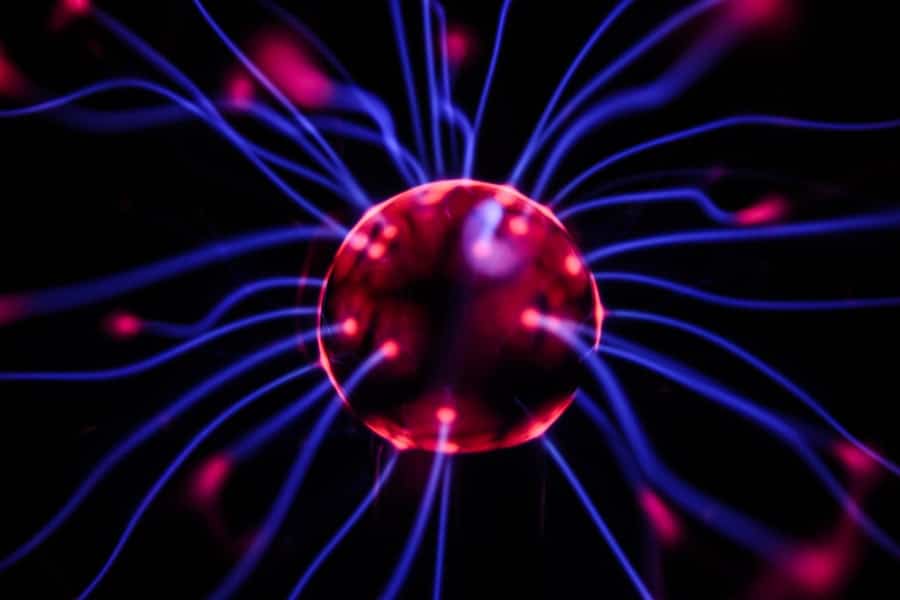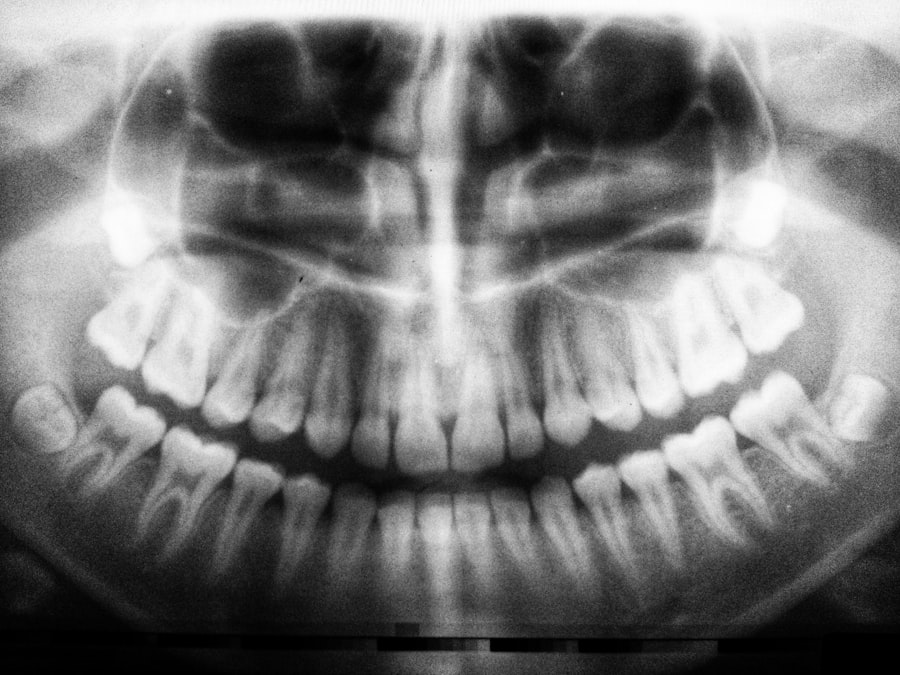Neuropathic pain is a complex and often debilitating condition that arises from damage to the nervous system. Unlike nociceptive pain, which is a direct response to injury or inflammation, neuropathic pain results from dysfunction in the way your nervous system processes pain signals. This type of pain can manifest in various forms, including burning sensations, tingling, or sharp, shooting pains.
It can be persistent and may not always correlate with an identifiable physical injury, making it particularly challenging to diagnose and treat. You may experience neuropathic pain due to a variety of underlying conditions, such as diabetes, multiple sclerosis, or even as a result of chemotherapy. The pain can be localized to a specific area or can be widespread, affecting your overall quality of life.
Understanding neuropathic pain is crucial for both patients and healthcare providers, as it requires a different approach to management compared to other types of pain. Recognizing the unique characteristics of neuropathic pain can help you seek appropriate treatment and support.
Key Takeaways
- Neuropathic pain is a type of chronic pain caused by damage or dysfunction of the nervous system.
- The brain plays a crucial role in processing and interpreting pain signals, which can contribute to the experience of neuropathic pain.
- Causes and risk factors for neuropathic pain include diabetes, injury, infections, and certain medical conditions.
- Symptoms of neuropathic pain can include shooting or burning pain, tingling, and numbness, and diagnosis often involves a combination of medical history, physical examination, and diagnostic tests.
- Treatment options for neuropathic pain may include medications, physical therapy, nerve stimulation, and in some cases, surgery.
The Role of the Brain in Processing Pain
Your brain plays a pivotal role in how you perceive and process pain. When you experience an injury or any form of discomfort, sensory neurons send signals to your spinal cord, which then relays this information to your brain. The brain interprets these signals, allowing you to recognize the sensation as pain.
However, in the case of neuropathic pain, this process can become distorted. The brain may misinterpret normal signals or generate pain sensations without any external stimuli. This miscommunication can lead to heightened sensitivity, where even light touch can provoke intense pain.
This phenomenon is known as allodynia. Additionally, your brain’s emotional centers can influence how you experience pain. Stress, anxiety, and depression can amplify your perception of pain, creating a vicious cycle that can be difficult to break.
Understanding the brain’s role in processing pain is essential for developing effective treatment strategies that address both the physical and emotional aspects of neuropathic pain.
Causes and Risk Factors for Neuropathic Pain

Neuropathic pain can arise from a multitude of causes, making it essential for you to understand the various risk factors associated with this condition. One of the most common causes is diabetes, where prolonged high blood sugar levels can damage nerves over time. Other medical conditions such as shingles, spinal cord injuries, and certain autoimmune diseases can also lead to neuropathic pain.
Additionally, exposure to toxins or certain medications may contribute to nerve damage. Your lifestyle choices can also play a significant role in the development of neuropathic pain. For instance, excessive alcohol consumption can lead to alcoholic neuropathy, while smoking may impair blood flow and contribute to nerve damage.
Age is another risk factor; as you grow older, your nerves may become more susceptible to injury and degeneration. By being aware of these causes and risk factors, you can take proactive steps to minimize your chances of developing neuropathic pain.
Symptoms and Diagnosis of Neuropathic Pain
Recognizing the symptoms of neuropathic pain is crucial for timely diagnosis and treatment. You may experience a range of sensations, including burning, tingling, or numbness in affected areas. Some individuals report sharp or shooting pains that can be triggered by seemingly innocuous stimuli.
These symptoms can vary widely from person to person, making it essential for you to communicate your experiences clearly with your healthcare provider. Diagnosing neuropathic pain often involves a comprehensive evaluation that includes a detailed medical history and physical examination. Your doctor may also conduct specific tests to assess nerve function and rule out other potential causes of your symptoms.
In some cases, imaging studies such as MRI or CT scans may be necessary to visualize any underlying issues. A thorough diagnosis is vital for developing an effective treatment plan tailored to your unique needs.
Treatment Options for Neuropathic Pain
When it comes to treating neuropathic pain, a multifaceted approach is often the most effective. Medications such as anticonvulsants and antidepressants are commonly prescribed to help manage symptoms by altering the way your brain processes pain signals. Topical treatments like lidocaine patches or capsaicin cream may also provide relief by numbing the affected area or reducing sensitivity.
In addition to medication, physical therapy can play a crucial role in managing neuropathic pain. A physical therapist can work with you to develop a personalized exercise program aimed at improving strength and flexibility while reducing discomfort. Alternative therapies such as acupuncture or mindfulness meditation may also offer benefits by promoting relaxation and reducing stress levels.
Exploring these various treatment options can empower you to take control of your pain management journey.
Lifestyle Changes to Manage Neuropathic Pain

Making certain lifestyle changes can significantly impact your ability to manage neuropathic pain effectively. One of the most important steps you can take is to maintain a healthy diet rich in nutrients that support nerve health. Foods high in omega-3 fatty acids, antioxidants, and vitamins B12 and D can help promote nerve regeneration and reduce inflammation.
Regular physical activity is another key component in managing neuropathic pain. Engaging in low-impact exercises such as walking, swimming, or yoga can improve circulation and strengthen muscles without putting excessive strain on your body. Additionally, prioritizing sleep hygiene is essential; poor sleep can exacerbate pain symptoms and hinder your overall well-being.
By incorporating these lifestyle changes into your daily routine, you can create a supportive environment for managing neuropathic pain.
The Importance of Mental Health in Managing Neuropathic Pain
Your mental health plays a significant role in how you experience and cope with neuropathic pain. Chronic pain conditions often lead to feelings of frustration, anxiety, and depression, which can further amplify your perception of pain. It’s essential to address these emotional aspects alongside physical treatment options for a holistic approach to management.
Engaging in therapy or counseling can provide you with valuable tools for coping with the emotional challenges associated with chronic pain. Cognitive-behavioral therapy (CBT) has been shown to be particularly effective in helping individuals reframe their thoughts about pain and develop healthier coping strategies. Additionally, mindfulness practices such as meditation or deep-breathing exercises can help reduce stress and improve your overall mental well-being.
By prioritizing your mental health, you can enhance your resilience against the challenges posed by neuropathic pain.
Research and Future Developments in Understanding Neuropathic Pain
The field of neuropathic pain research is continually evolving, with scientists exploring new avenues for understanding this complex condition. Recent studies have focused on identifying specific biomarkers that could help diagnose neuropathic pain more accurately and predict treatment responses. Advances in neuroimaging techniques are also providing deeper insights into how the brain processes pain signals, paving the way for more targeted therapies.
Future developments may include novel pharmacological treatments that target specific pathways involved in neuropathic pain signaling. Researchers are also investigating the potential benefits of regenerative medicine approaches, such as stem cell therapy, which could offer new hope for individuals suffering from nerve damage. As our understanding of neuropathic pain continues to grow, so too does the potential for innovative treatments that could significantly improve your quality of life.
In conclusion, navigating the complexities of neuropathic pain requires a comprehensive understanding of its nature, causes, symptoms, and treatment options. By staying informed and proactive about your health, you can take meaningful steps toward managing this challenging condition effectively. Whether through lifestyle changes, mental health support, or emerging research developments, there is hope for improved outcomes in the journey toward relief from neuropathic pain.
FAQs
What is neuropathic pain?
Neuropathic pain is a type of chronic pain that is caused by damage or dysfunction of the nervous system. It can be the result of an injury, infection, or a variety of diseases such as diabetes or multiple sclerosis.
How does neuropathic pain differ from other types of pain?
Neuropathic pain is different from other types of pain, such as nociceptive pain, because it is caused by a problem with the nervous system itself rather than by tissue damage or inflammation. This can make it more difficult to treat and manage.
What are the symptoms of neuropathic pain?
Symptoms of neuropathic pain can include shooting or burning pain, tingling or numbness, and increased sensitivity to touch. It can also cause muscle weakness and difficulty with coordination and balance.
How is neuropathic pain diagnosed?
Neuropathic pain is diagnosed through a combination of medical history, physical examination, and sometimes imaging tests such as MRI or nerve conduction studies. Doctors may also use specialized questionnaires to assess the severity and impact of the pain.
What are the treatment options for neuropathic pain?
Treatment for neuropathic pain may include medications such as antidepressants, anticonvulsants, or opioids. Other options can include physical therapy, nerve blocks, and in some cases, surgery. It is important for patients to work closely with their healthcare providers to find the most effective treatment plan for their individual needs.